AI Art Passes the Lovelace Test: A New Era of Machine Creativity
Tags:
AI Art, Lovelace Test, Machine Creativity, Generative Art, AI Culture, Visual Art
A groundbreaking research study released this week may be the most profound development yet in the world of AI-generated art. Scientists have introduced the Lovelace Test of Intelligence — a new benchmark for measuring machine creativity. The results? AI-generated art is now so compelling that most viewers can’t distinguish it from human-made work. Even more astonishing, many preferred the AI's output.
This isn’t just a technological feat — it’s a moment that redefines what it means to be an artist in the age of AI.
Who Was Ada Lovelace — And What Is This Test?
Ada Lovelace, the 19th-century mathematician who envisioned machines that could compose music or art, inspired this new test. Unlike the famous Turing Test, which measures a machine’s ability to simulate human conversation, the Lovelace Test evaluates whether a machine can create something so compelling, a human believes it was made by another human — or even finds it more beautiful.
It’s a challenge not of imitation, but of artistic authenticity.
How the Test Worked
Researchers presented participants with pairs of artworks: one created by a human, one by an AI. The participants were then asked:
- Which one was made by a human?
- Which do you find more aesthetically pleasing?
The findings were shocking:
- Participants only guessed correctly 50% of the time, no better than random chance.
- In many cases, they chose the AI artwork as more beautiful than the human one.
(Source: arXiv.org – Sept 2025)
Why This Changes Everything
1. Creative Legitimacy Arrives
AI-generated art is no longer a novelty. It is now being recognized and appreciated on equal terms with human creativity — and even celebrated for its aesthetic strength.
2. The Definition of an Artist is Evolving
If viewers can’t tell who created the work, what defines authorship? Is it the coder, the prompt engineer, or the machine? This opens up complex but exciting questions for art and law.
3. Creativity Is Becoming More Accessible
AI tools now empower people from all backgrounds to create sophisticated, emotionally resonant art. You don’t need years of formal training to make something beautiful.
4. Institutions Must Adapt
Museums, galleries, and art fairs will need to consider how AI art fits into their curation frameworks. If audiences are moved, the work deserves space on their walls.
5. Collaboration, Not Competition
This isn’t just AI versus humans. It’s humans and machines creating together. The Lovelace Test proves AI can be a genuine creative partner.
The Bigger Questions Now Emerging
Of course, this breakthrough raises urgent questions:
- Should artists disclose when they use AI in their process?
- Can a machine truly “understand” the emotional content it generates?
- Who owns the copyright of an artwork created by an algorithm?
These are no longer theoretical. They are pressing challenges for the creative industries to resolve — fast.
A Cultural Shift in Real Time
This is more than just a scientific milestone — it’s a cultural inflection point. For the first time, AI has created works that not only mimic human art, but emotionally compete with it.
The Lovelace Test proves something powerful:
AI isn't learning to copy art. It's learning to make it.
And audiences are responding.
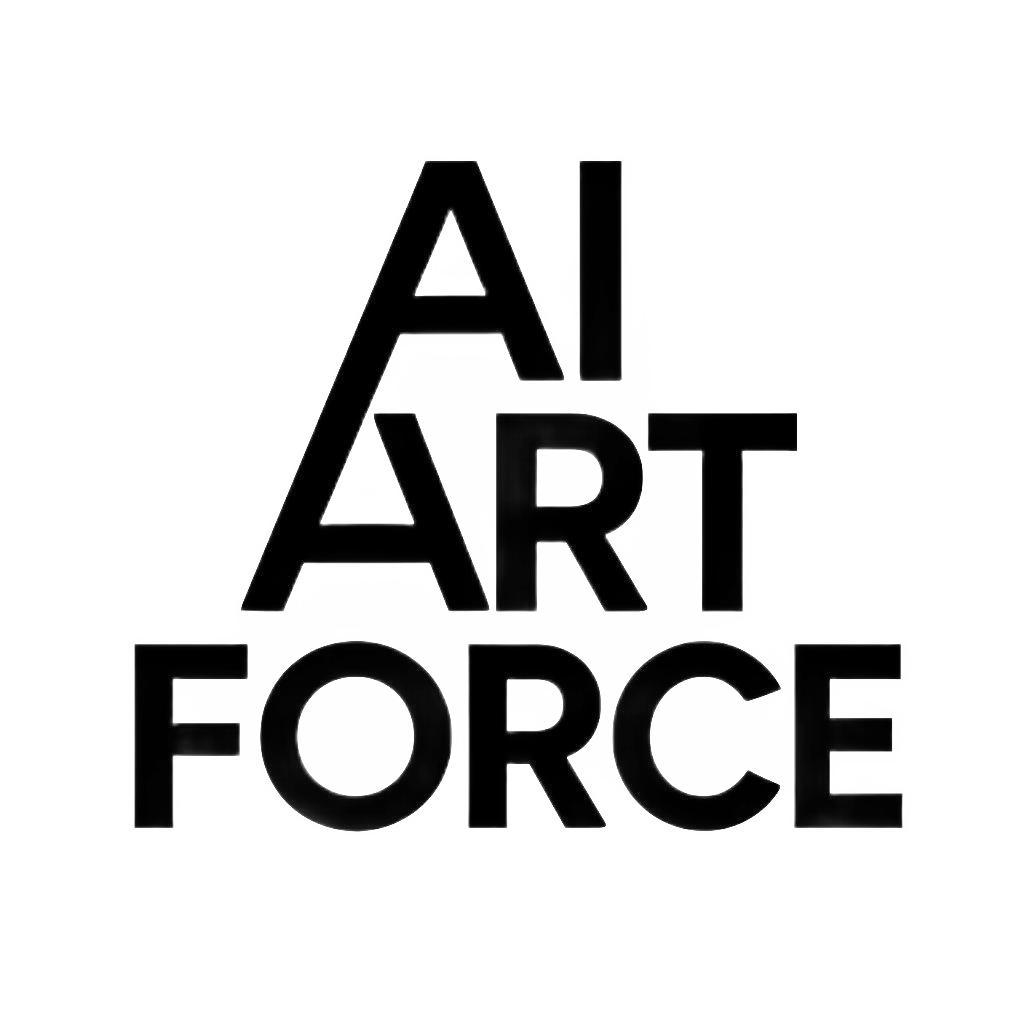
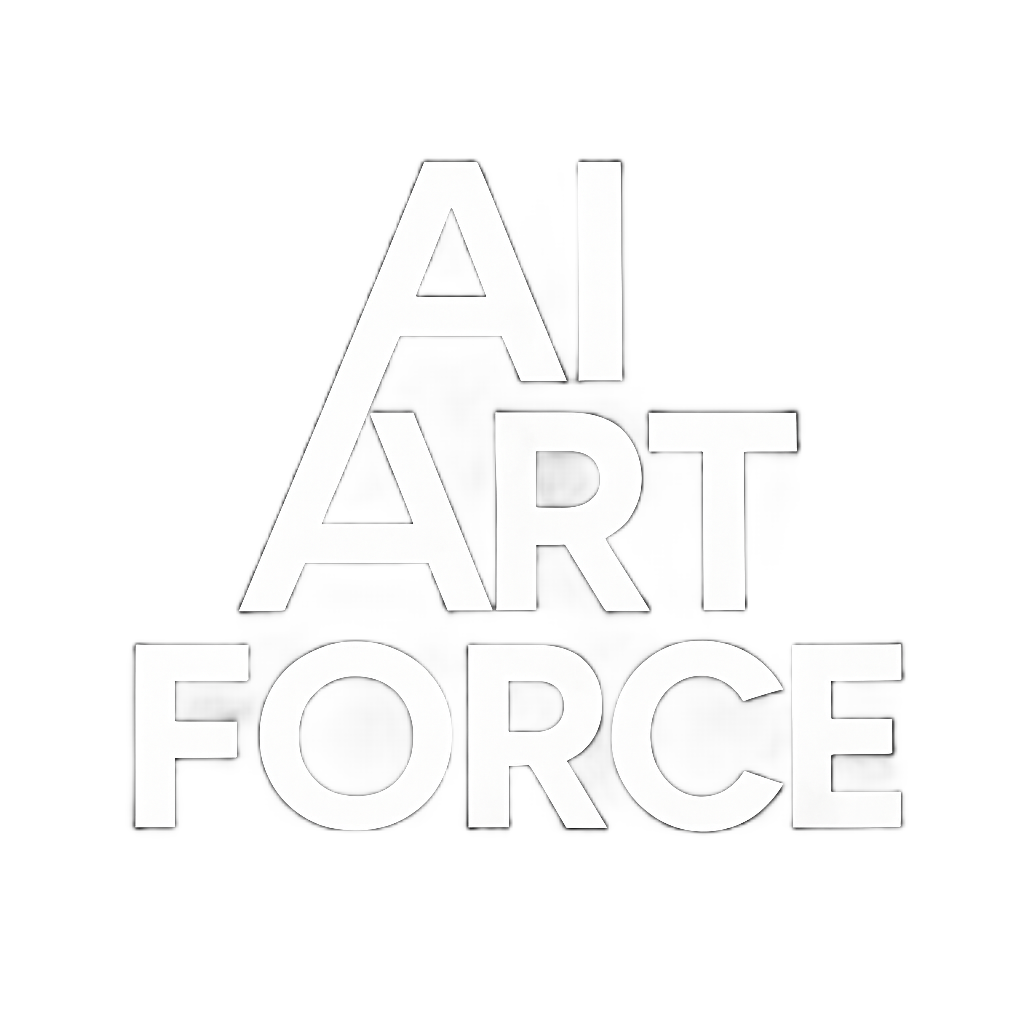
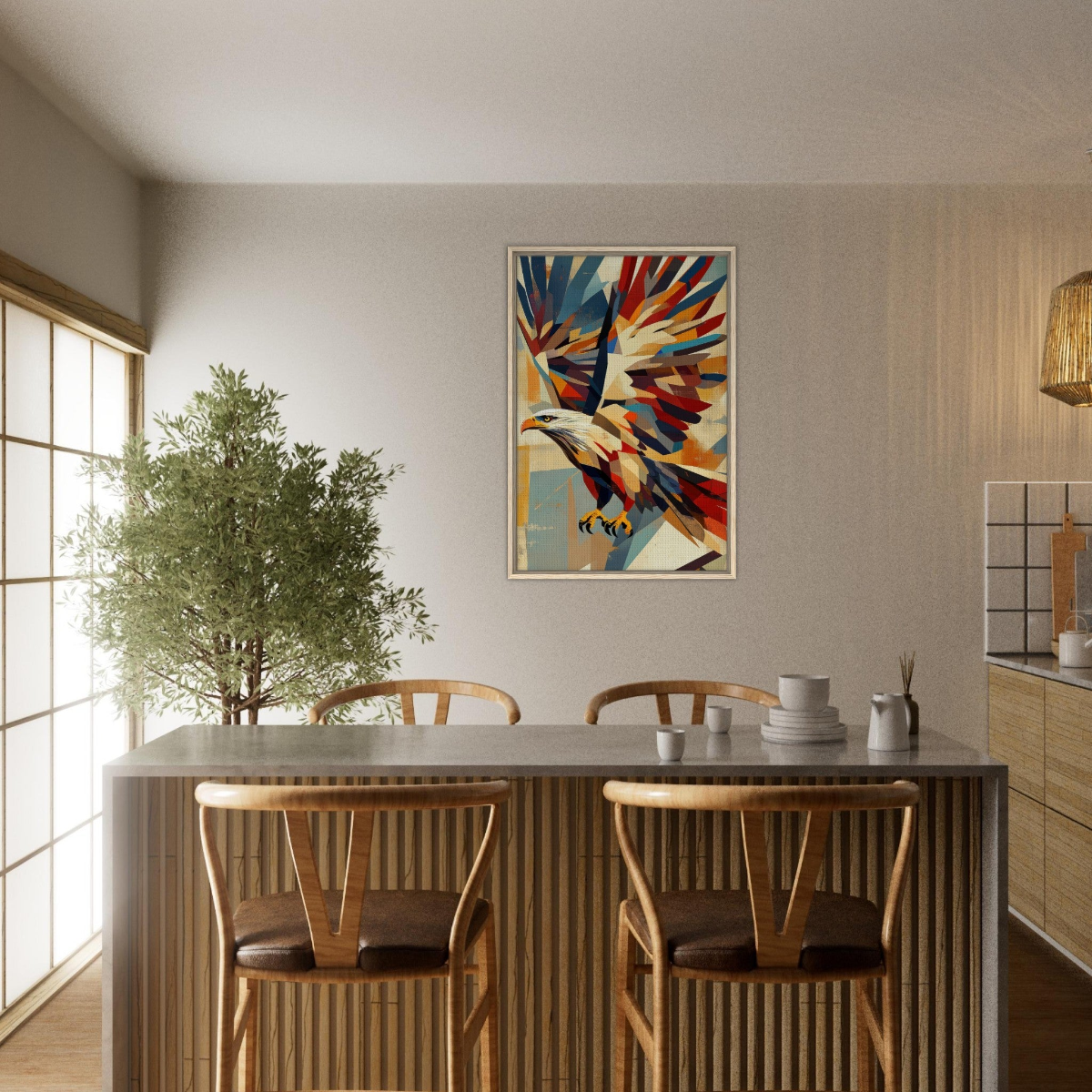
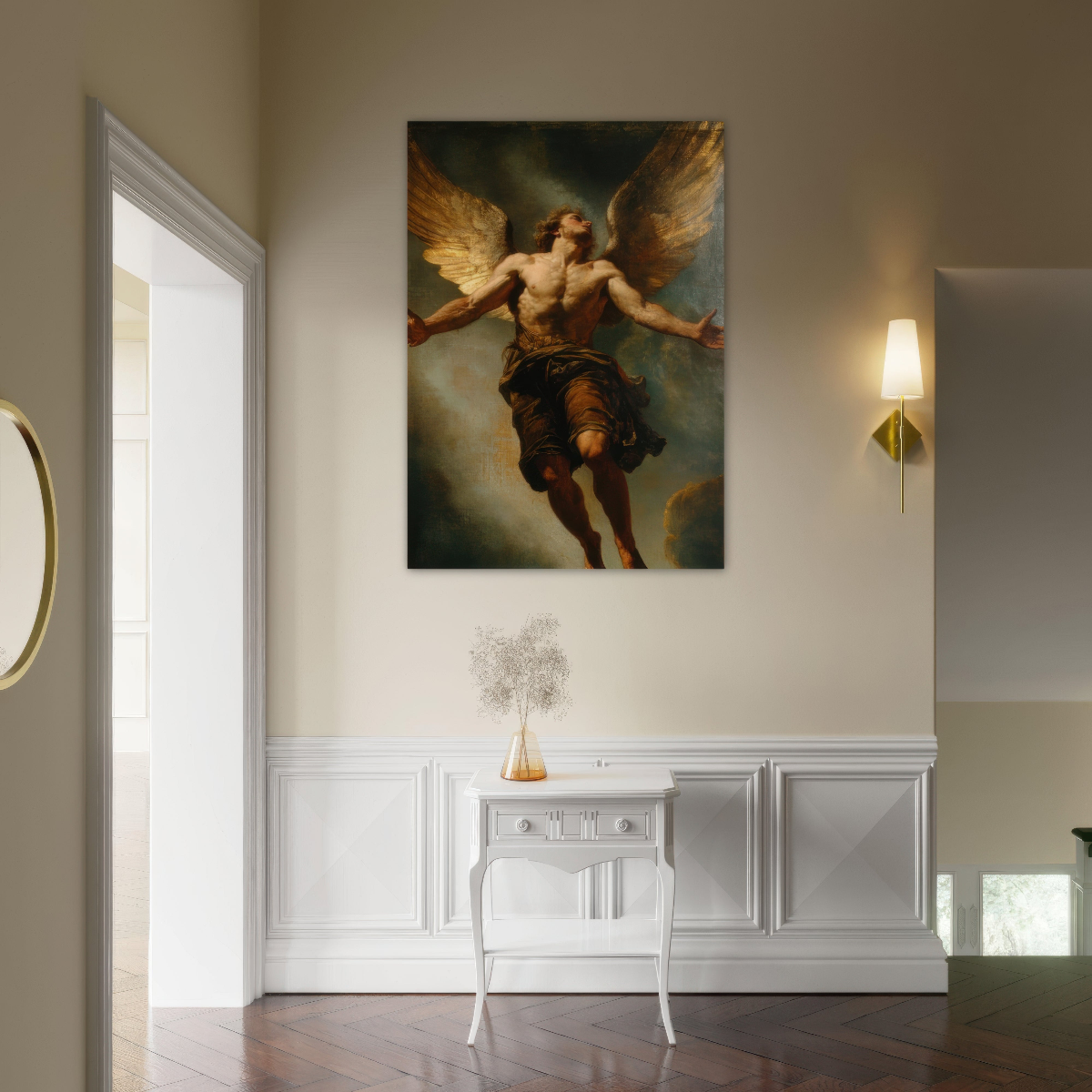
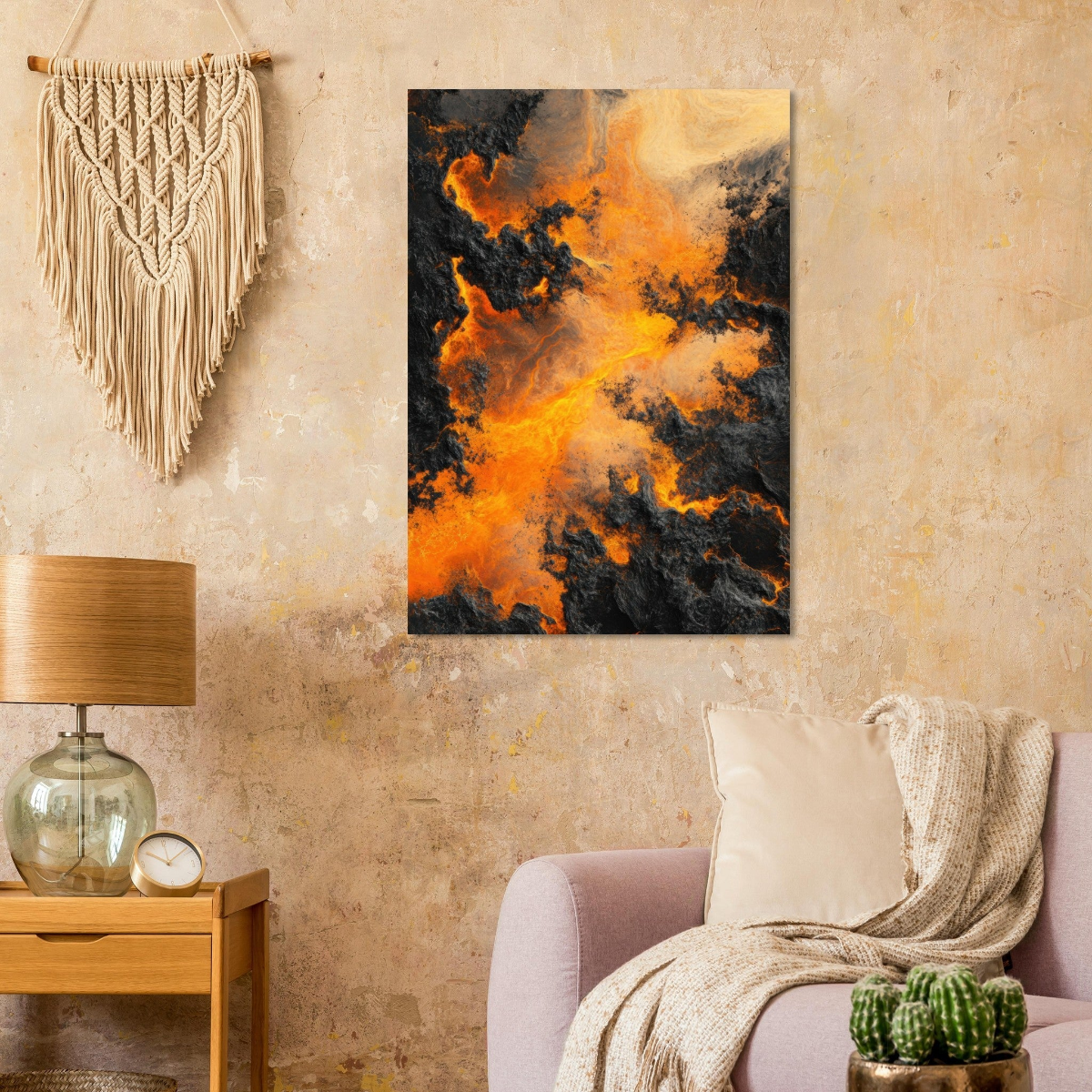
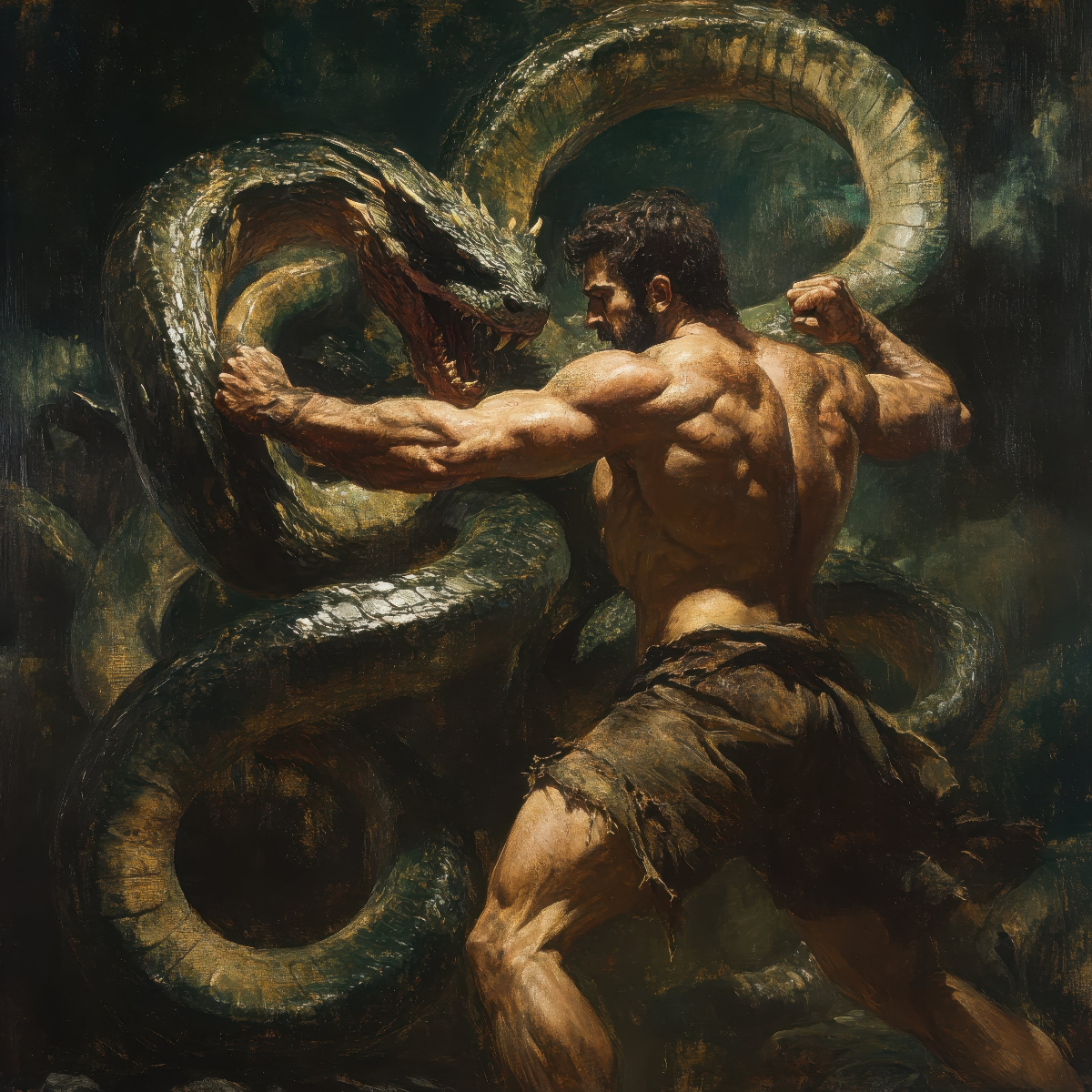
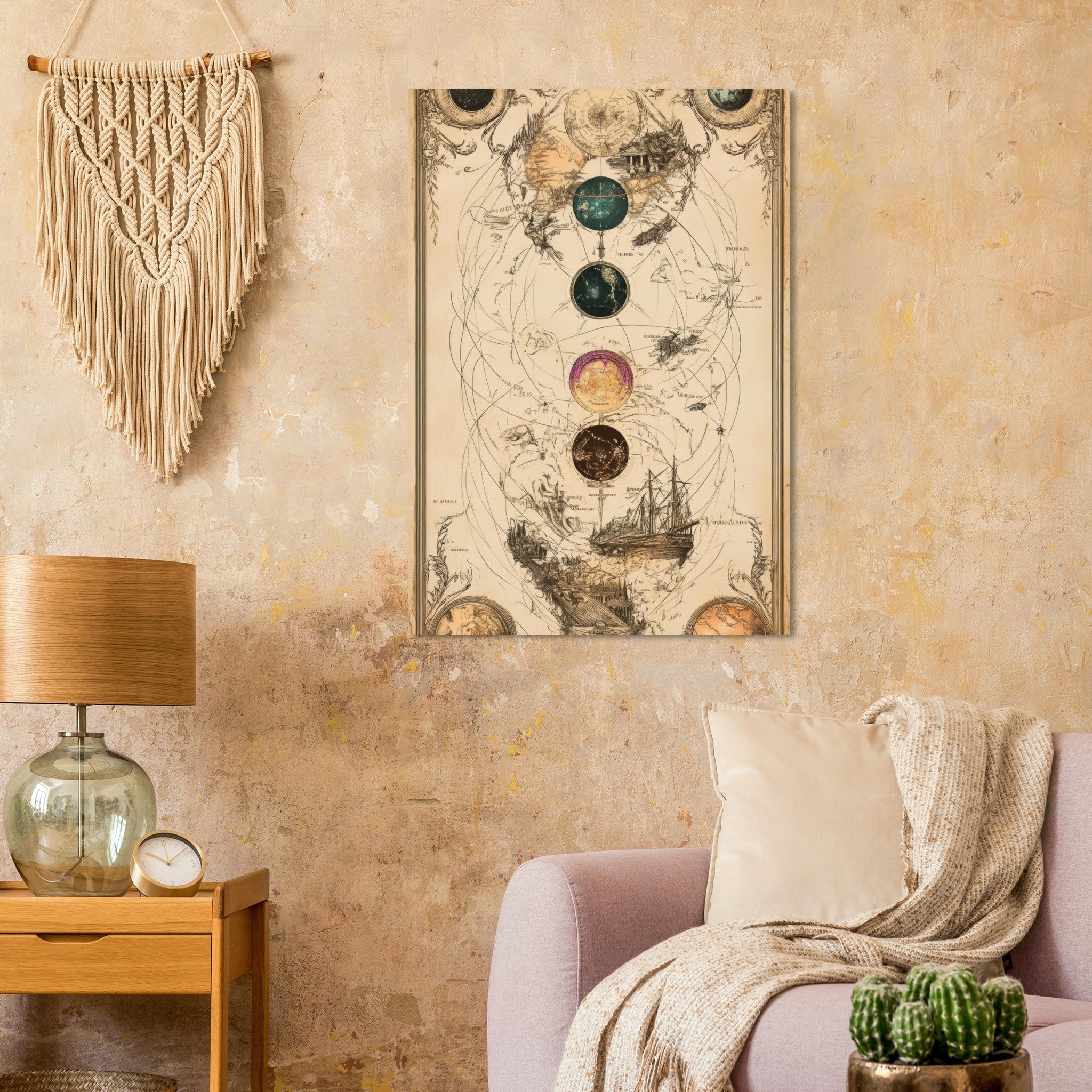
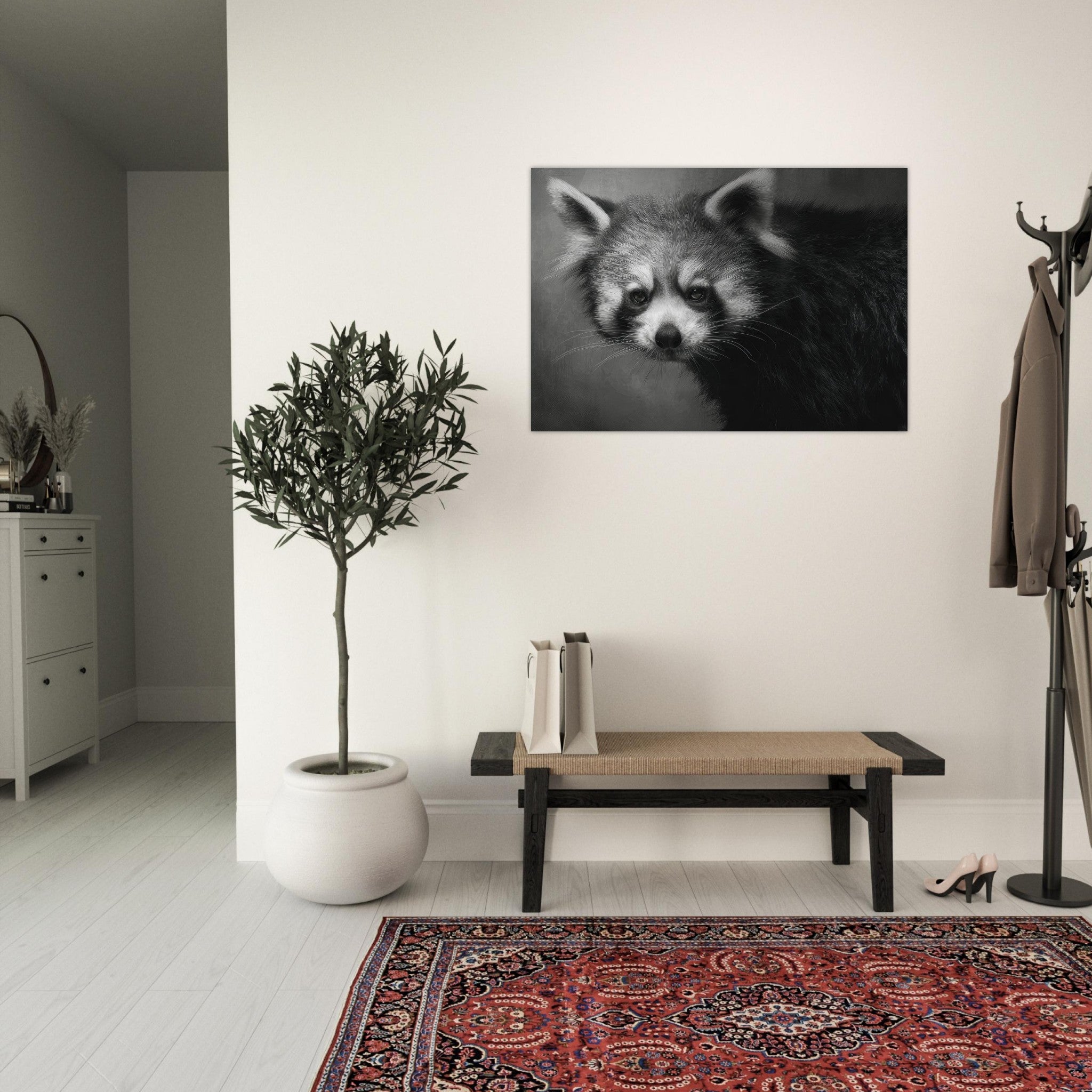
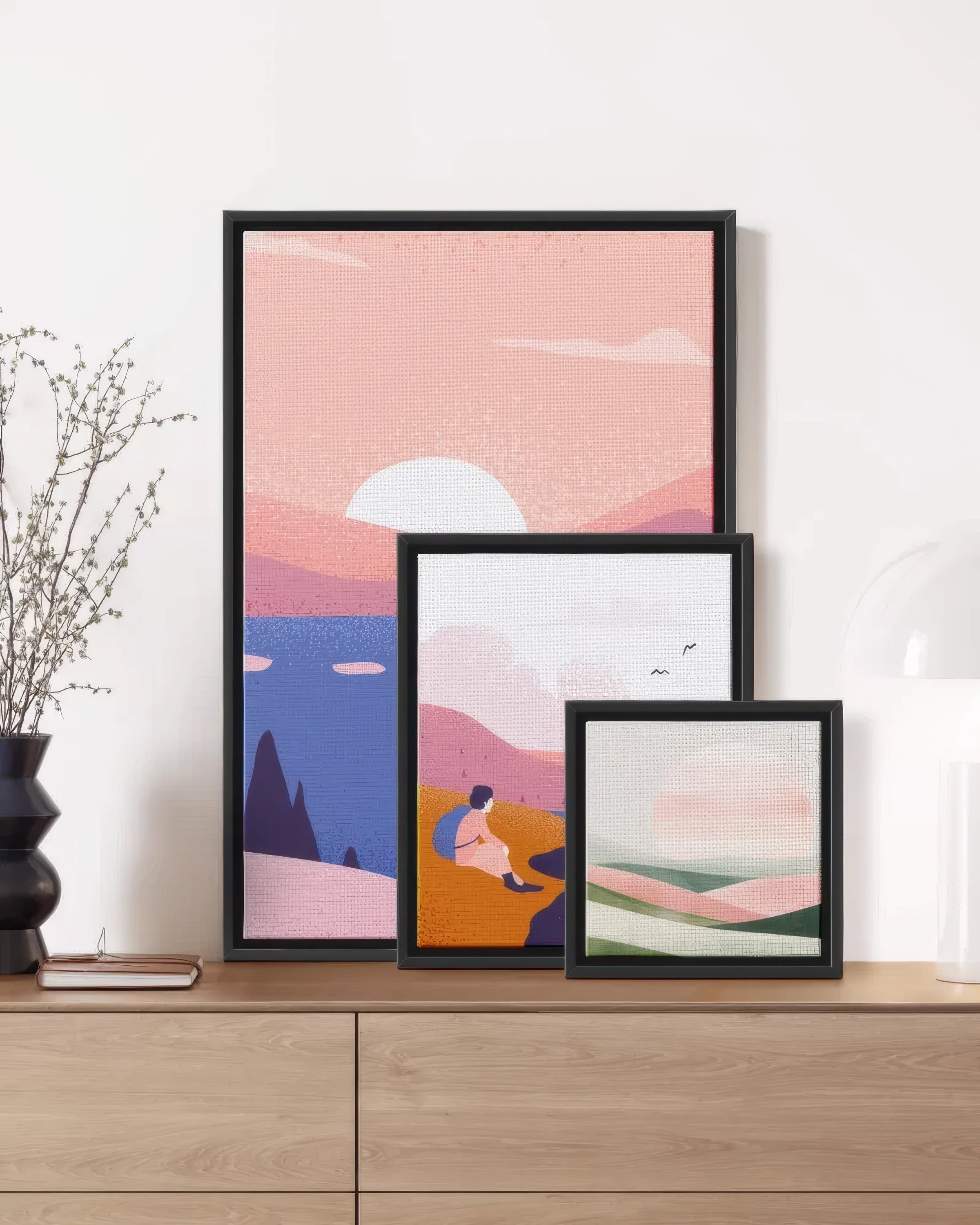
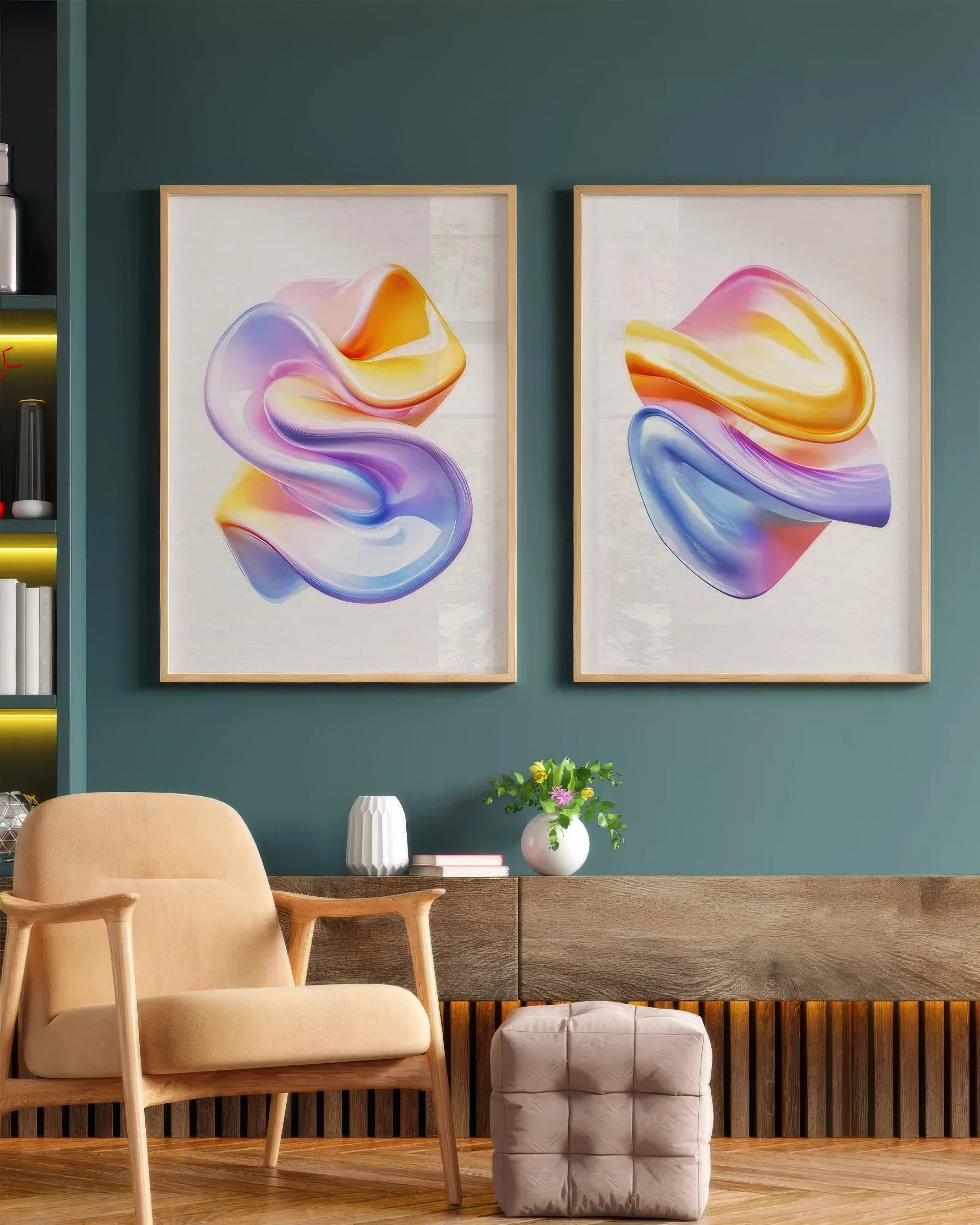
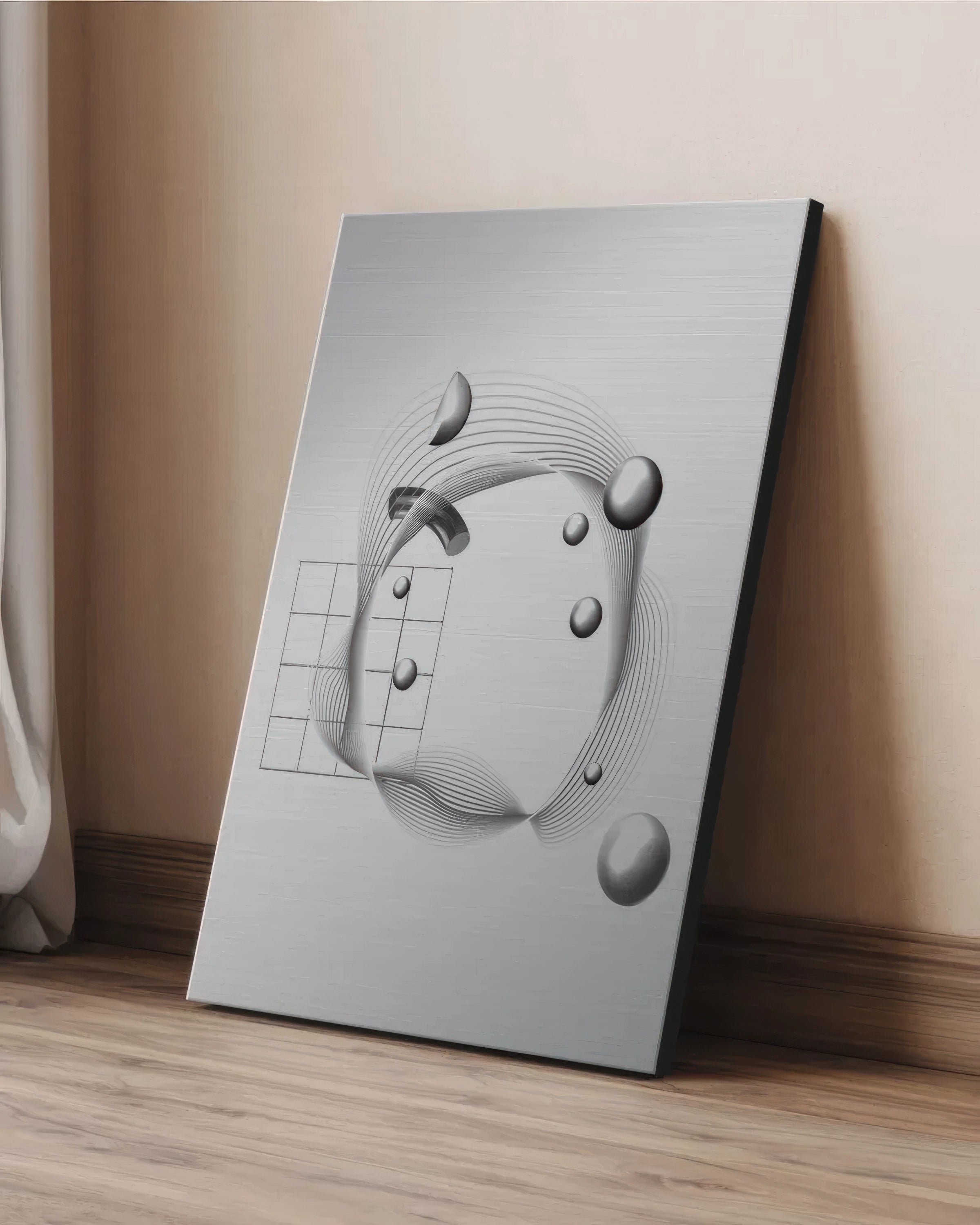
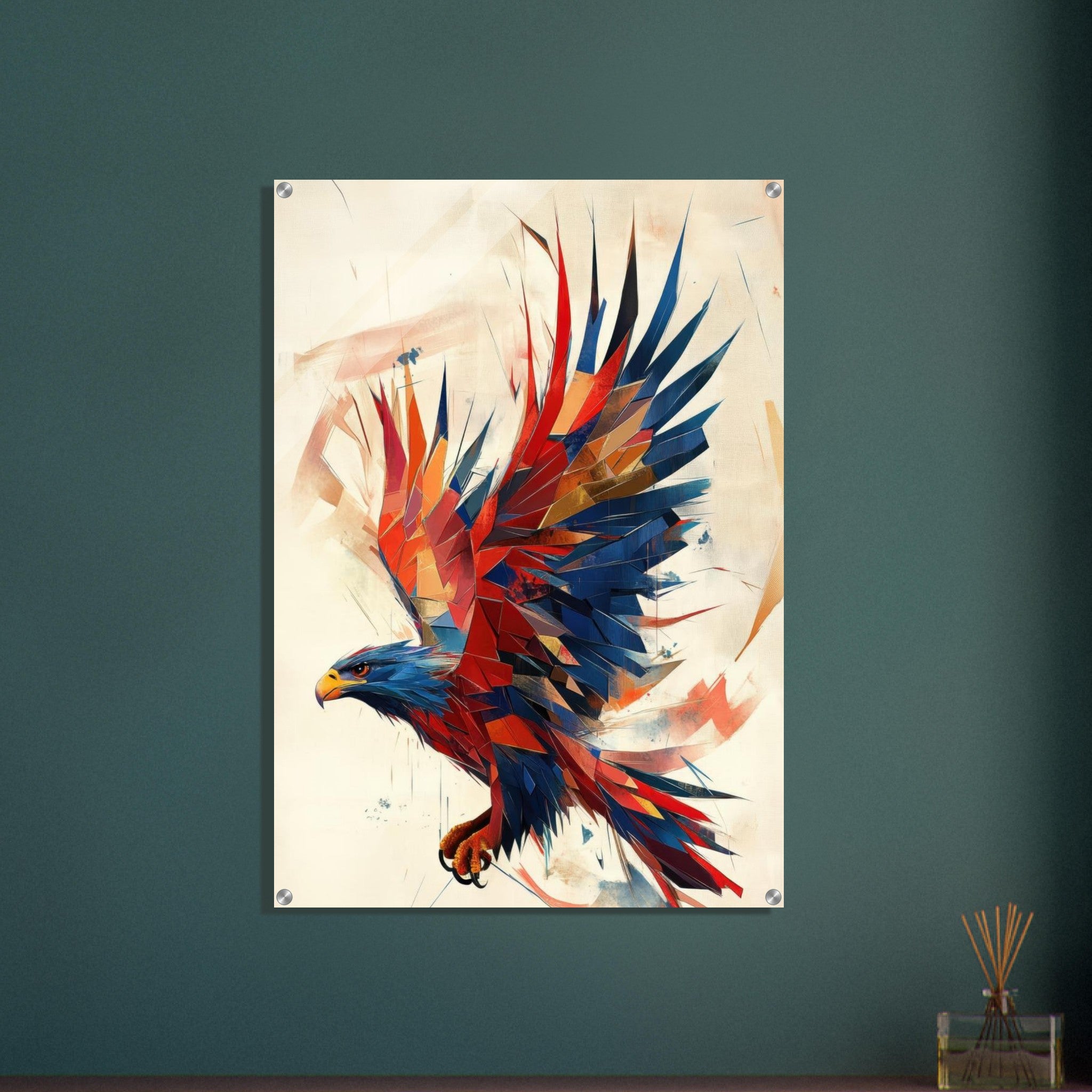
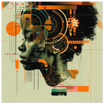
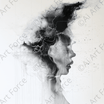

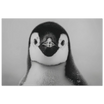
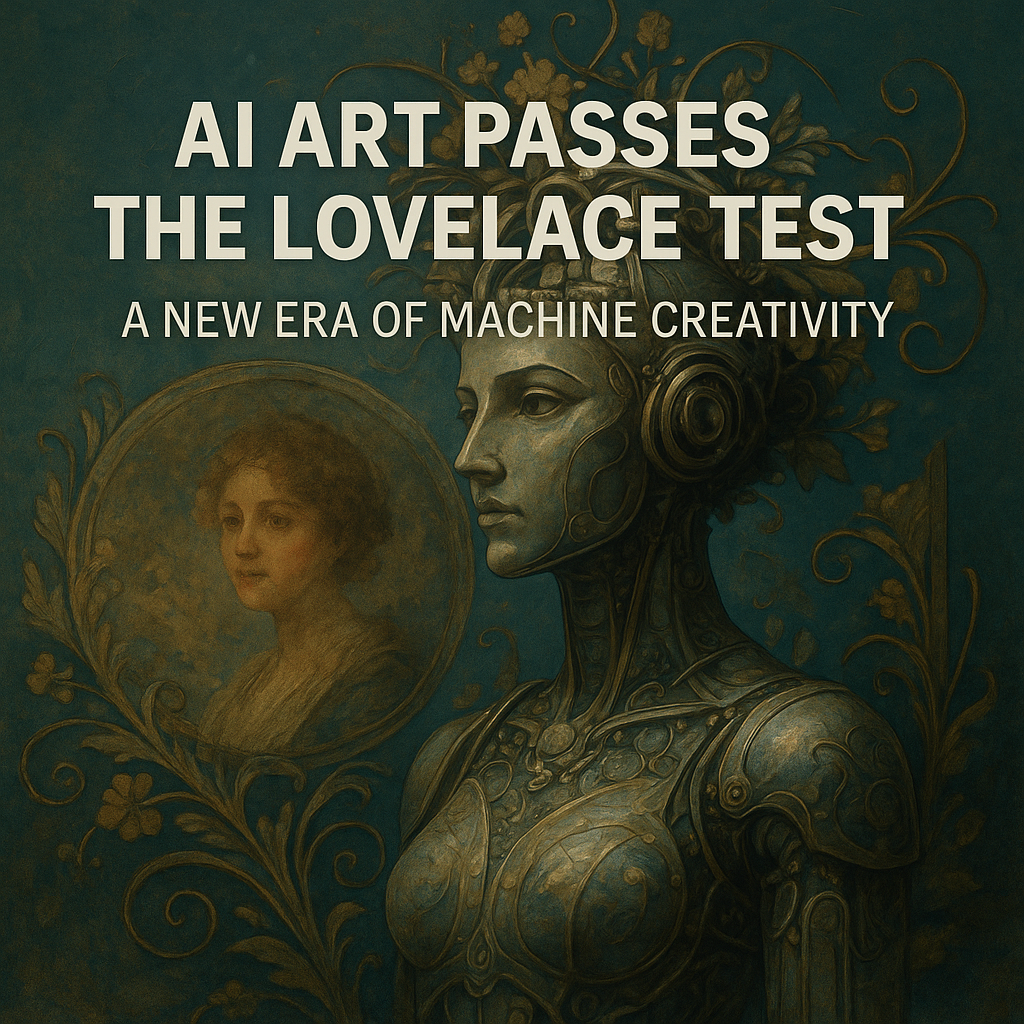
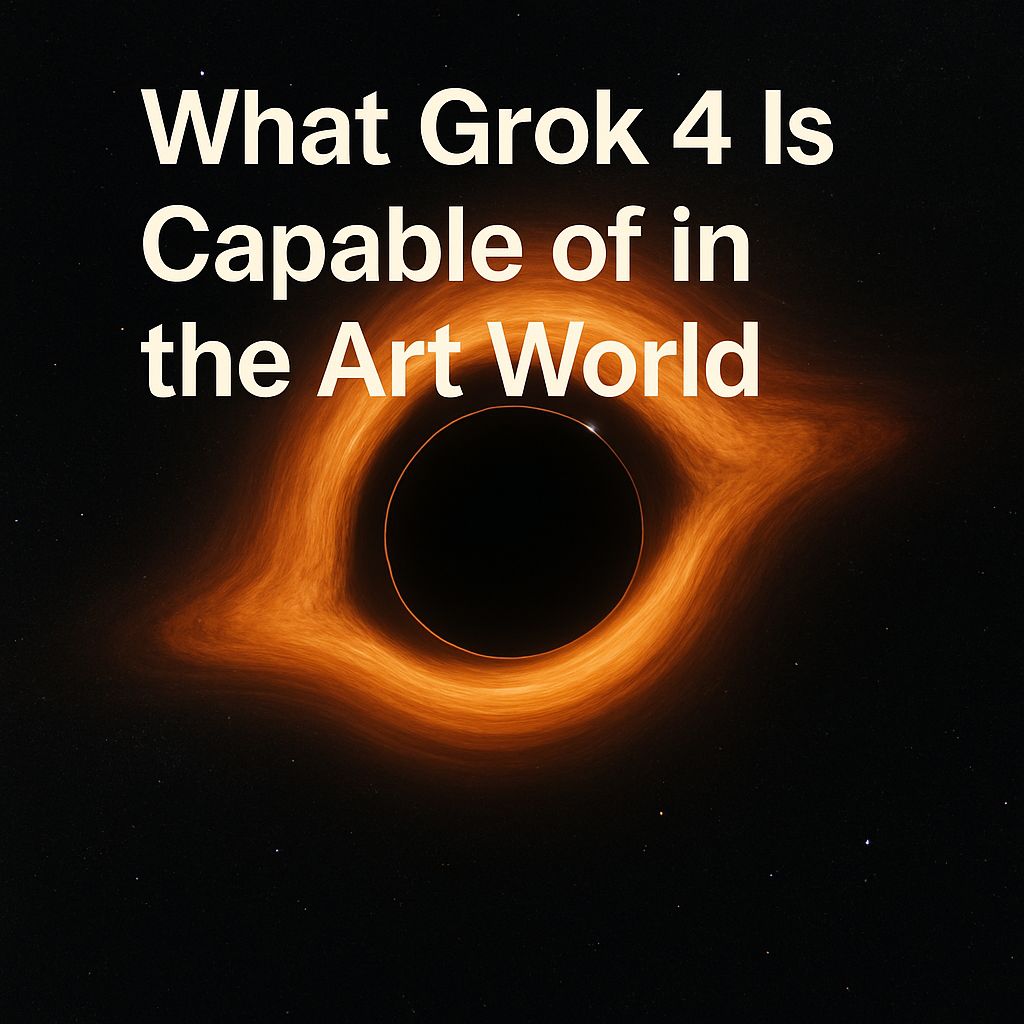
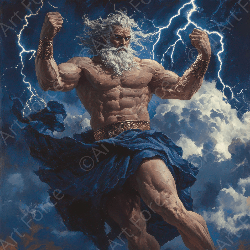
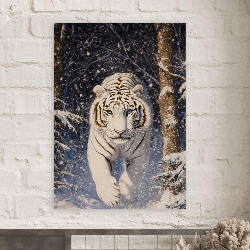

Leave a comment
This site is protected by hCaptcha and the hCaptcha Privacy Policy and Terms of Service apply.